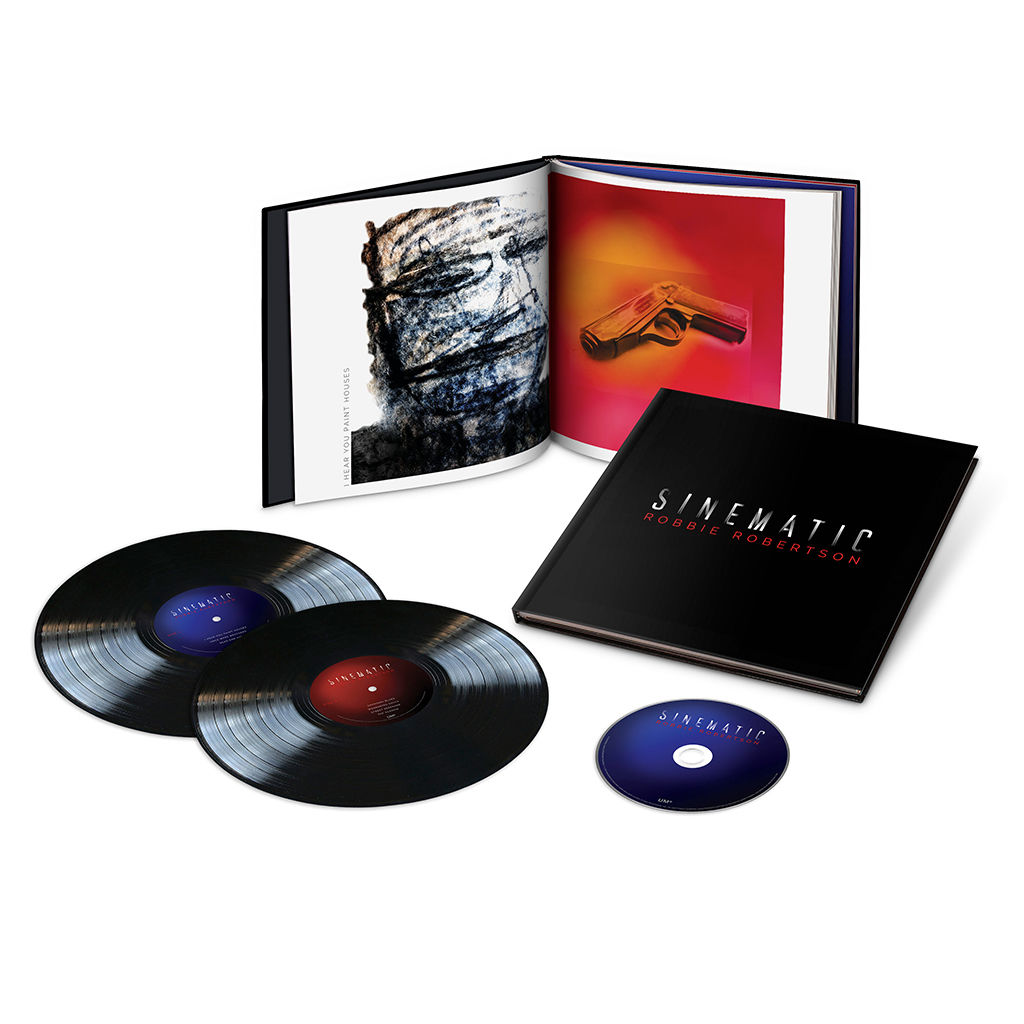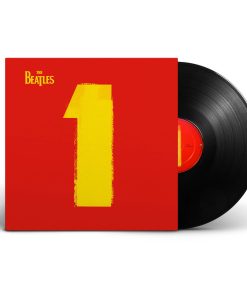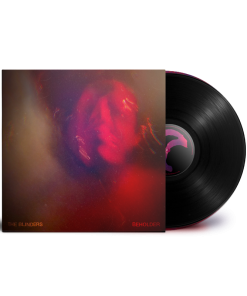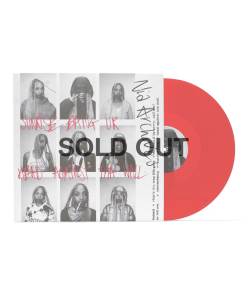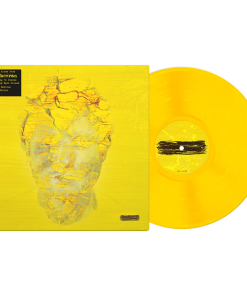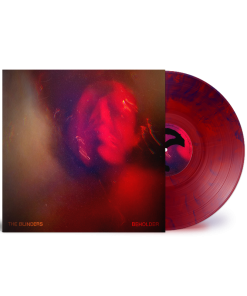Sinematic: Exclusive Deluxe Edition Vinyl 2LP + CD Robbie Robertson
$ 89,99 $ 44,99
The title says it all, Sinematic, Robbie Robertson’s sixth solo album, sprang from a deep immersion in film work, his own dramatic life story and a fascination with the darker corridors of human nature.
Robertson sings the opening verse on the album with malevolent delight: “Shall we take a little spin/To the dark side of town?”
It sets the stage for gripping tales of villainy and vice, for character studies of mobsters and gangsters embroiled in corruption and crime and for melancholy stories about destruction and devastation.
Narrated in Robertson’s cool parched croon, the yarns unspool over his tasteful vibrant guitar stylings and a bedrock of moody, midtempo rock anchored on most tracks by bassist Pino Palladino (John Mayer Trio, The Who) and drummer Chris Dave (D’Angelo, Adele).
Produced by Robertson and recorded at The Village, the 13-song collection is the songwriter’s first set of originals since 2011’s introspective collaboration with Eric Clapton, How To Become Clairvoyant. In the interim, he penned his bestselling memoir, 2016’s “Testimony,” praised by The New York Times for having “the mythic sweep of an early Terrence Malick movie.” He composed music for “Once Were Brothers,” a documentary based on “Testimony,” and scored “The Irishman,” director Martin Scorsese’s upcoming film starring Robert De Niro, Al Pacino, Joe Pesci and Harvey Keitel.
Each project inspired Sinematic’s evocative imagery and shady themes. Why the perverted spelling? Cinematic felt too serious and obvious, Robertson decided. Sinematic is noir with a wink.
“There’s some naughty subject matter here,” he says.
Explaining how Sinematic evolved, Robertson adds, “I was working on music for “The Irishman” and working on the documentary, and these things were bleeding into each other. I could see a path. Ideas for songs about haunting and violent and beautiful things were swirling together like a movie. You follow that sound and it all starts to take shape right in front of your ears. At some point, I started referring to it as ‘Peckinpah Rock’,” a nod to Sam Peckinpah, the late director of such violent Westerns as “The Wild Bunch.”
Enhancing the album’s cinematic thrust is a suite of multimedia images that Robertson created, including art work for the cover and each individual song. Listeners are brought even further into his Sinematic world with a series of striking portraits and abstract images that range from expressionist paintings to experimental photography. In one depiction, a photo of Robertson’s Walther 9mm pistol, “the same gun James Bond used,” drenched in crimson and gold, is juxtaposed next to a menacing figure, in another, paint seeps into a textured canvas as if it’s been burned in.
Fast Delivery and Professional Packaging
Our long-standing relationship with UPS FedEx DHL and other carriers around the world gives us the ability to provide various shipping options. Our warehouse personnel will pack all goods to our exacting requirements. Your goods will go through an extensive inspection and will be securely secured prior to being shipped. Every day we ship thousands of packages to clients from all over the world. This is a sign of our determination to be the largest online retailer in the world. There are distribution centers and warehouses in Europe and the USA.
Orders that contain more than 1 item are assigned processing periods in accordance with the item.
Prior to shipment, all purchased items will be thoroughly inspected. The majority of orders are shipped within 48 hrs. Delivery is expected to take between 3 and 7 days.
Returns
The stock is dynamic and we do not completely manage it because multiple parties are involved, which includes our factory and warehouse. The actual stock can fluctuate at any time. It's possible that the stock may run out after your order has been processed.
Our policy lasts for 30 days. Unfortunately, if thirty days have passed from the date you purchased the item, we will not be able to offer you a return or exchange.
The item should not be used, and it must be in the original packaging. The item should be in the original packaging.
Related products
Vinyl LP
Vinyl LP
Vinyl LP
Vinyl LP
Vinyl LP
Vinyl LP
Vinyl LP
Vinyl LP
Vinyl LP
